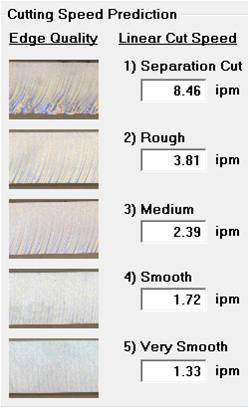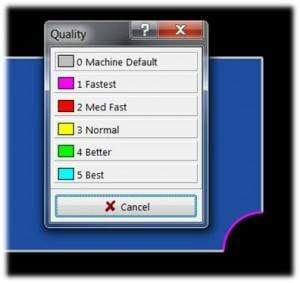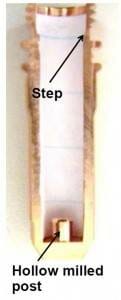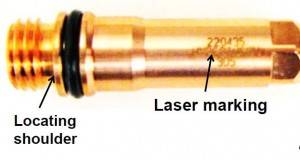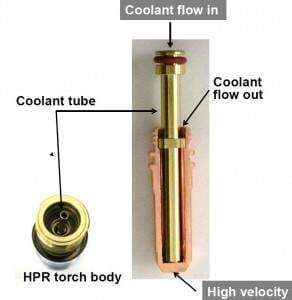The vast majority of American's today have a very skewed outlook
of what modern manufacturing really is. We often recollect images of rough,
down trodden workers slaving away in hot, miserable conditions for hours on end
until they are freed by the sound of the whistle.
Ask any student today, "Would you rather work for a
manufacturing company or a tech company?" Most, if not all will answer the
latter. Why? Because tech is cool. Tech is smart. Tech creates images of clean
facilities with endless possibilities of grander and prosperity.
But what if I was to
tell you that the coolest, most technological company in the world is, at its
heart and soul, a manufacturing company.
When we talk about Apple the story that gets lost is, at the
end of the day they manufacture products. The iPad, iPhone and Macintosh didn't
just come to be with the snap of a finger. These products are the end result of
taking intellectual ideas and figuring out a way through processes and
technology, how to build somebody's
idea.
With more and more factories complaining about a shortage of
skilled workers and baby boomers
retiring at a rate of nearly 10,000 a day,
there has never been a more important time in our history to raise awareness
among the young and expose them to what modern manufacturing really is, and
more importantly, what it isn't.
Tomorrow is
National Manufacturing Day and I challenge
everyone from students to educators to legislators and citizens from every
community to take part. Go into that manufacturing facility that you have
driven passed thousands of times on your way to work or to school and
take a look at what is really going on inside.
When you do, you will see an environment that is innovative
and technology driven. There is engineering, math and science. You will find a
place where all of these things come together to make great products.
In terms of all the geopolitical events taking place around
the world right now, it is definitely in our nation's best interest to be able to have manufacturing capabilities. We need to be able to attract people to
pursue these careers and to be interested in starting a manufacturing business and
to seek all the options and opportunities that manufacturing provides.
Not able to make it to one of the events?
"How It's Made" will be running an all day marathon on the Science Channel Friday Oct. 3rd. This is a great way for families to
introduce their children, maybe for the first time, to what manufacturing is
and what it's about.
Witness the innovation, the technology, the smarts and the
bright people responsible for making the products we use.





















